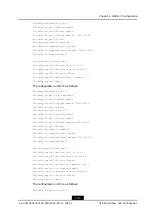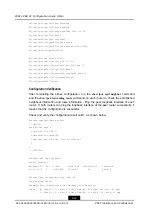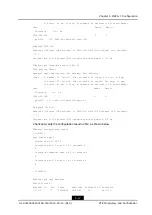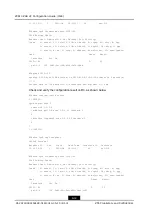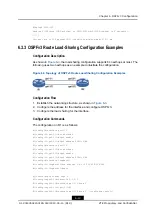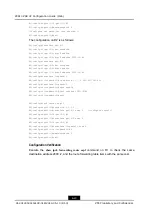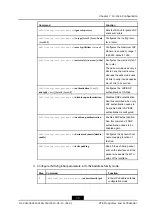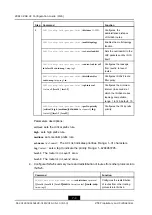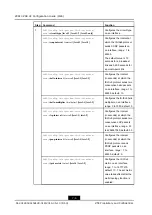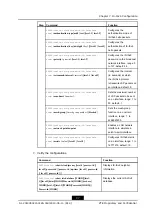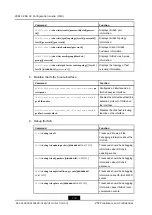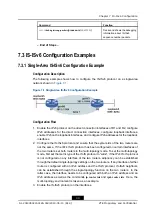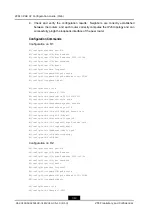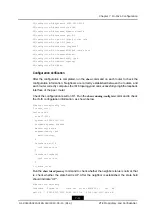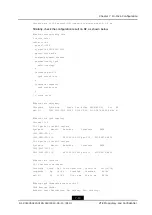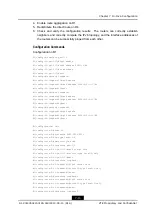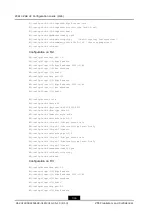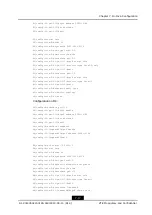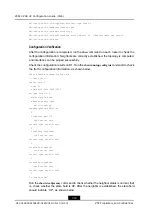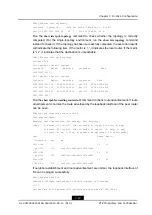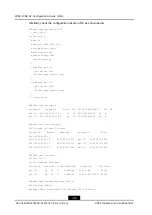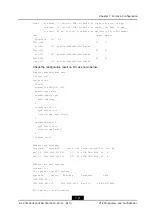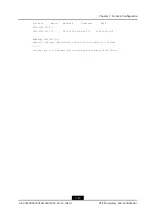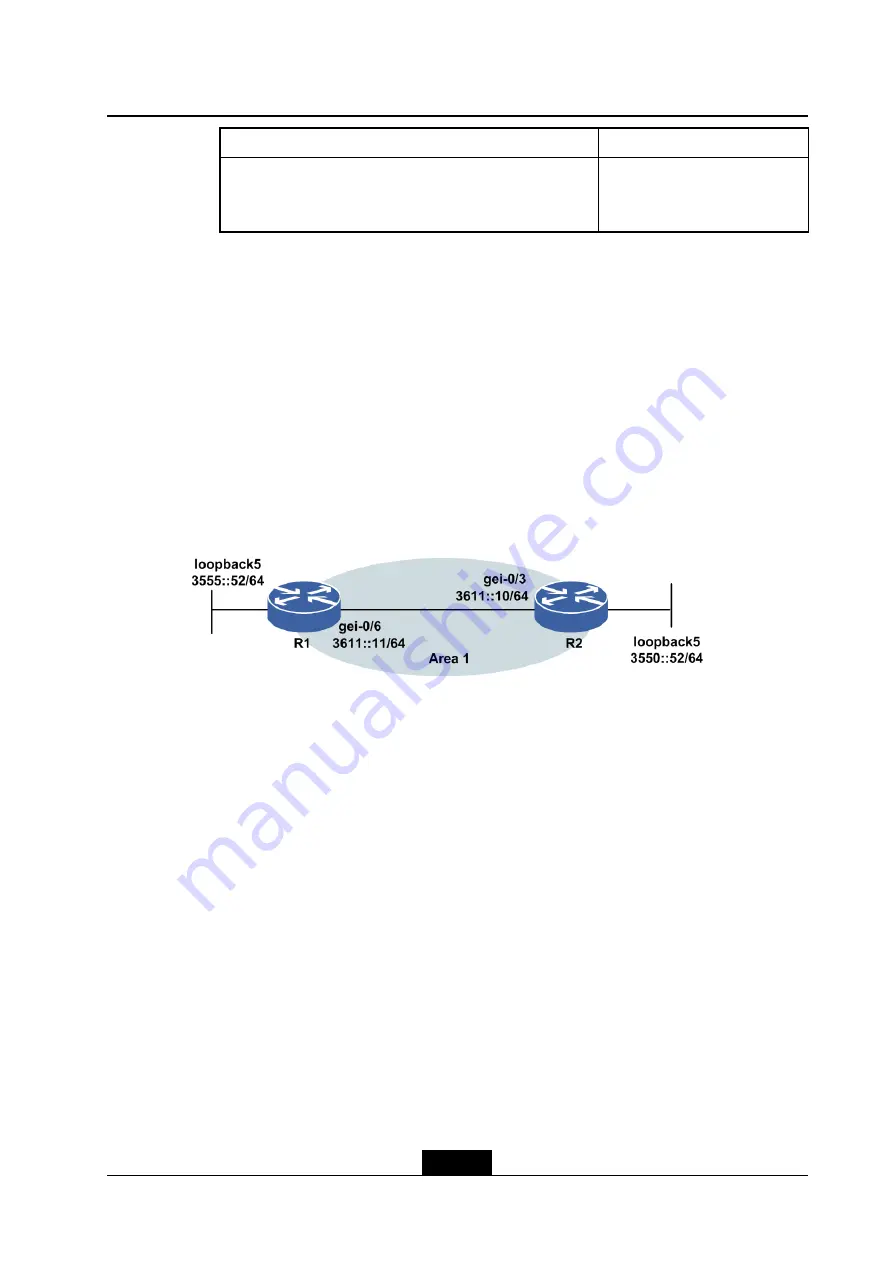
Chapter 7 IS-ISv6 Configuration
Command
Function
ZXR10#
debug isis snp-packets
[
process-id
<
0-65535
>]
Tracks and shows the debugging
information about IS-ISv6
sequence number packets.
– End of Steps –
7.3 IS-ISv6 Configuration Examples
7.3.1 Single-Area IS-ISv6 Configuration Example
Configuration Description
The following example shows how to configure the IS-ISv6 protocol on a single-area
network shown in
Figure 7-1 Single-Area IS-ISv6 Configuration Example
Configuration Flow
1.
Enable the IPv6 protocol on the direct connection interfaces of R1 and R2, configure
IPv6 addresses for the direct connection interfaces, configure loopback interfaces,
enable IPv6 on the loopback interfaces, and configure IPv6 addresses for the loopback
interfaces.
2.
Configure the IS-ISv6 protocol and ensure that the system-ids of the two routers are
not the same. If the IPv4 IS-IS protocol has been configured on certain interfaces of
the two routers, set both routers to the multi-topology mode. To set the multi-topology
mode, first set the metric type of the IS-IS protocol to "wide". If the IPv4 IS-IS protocol
is not configured on any interface of the two routers, adjacency can be established
through the default single-topology settings on the two routers. If any interface of either
router is configured with an IPv4 address and the IS-IS protocol, IS-ISv6 neighbors
can be established through the single-topology function on the two routers. In the
latter case, the interface needs to be configured with both an IPv4 address and an
IPv6 address as well as the commands
ip router isis
and
ipv6 router isis
. Here, the
multi-topology environment is taken as an example.
3.
Enable the IS-ISv6 protocol on the interfaces.
7-9
SJ-20140504150128-018|2014-05-10 (R1.0)
ZTE Proprietary and Confidential

